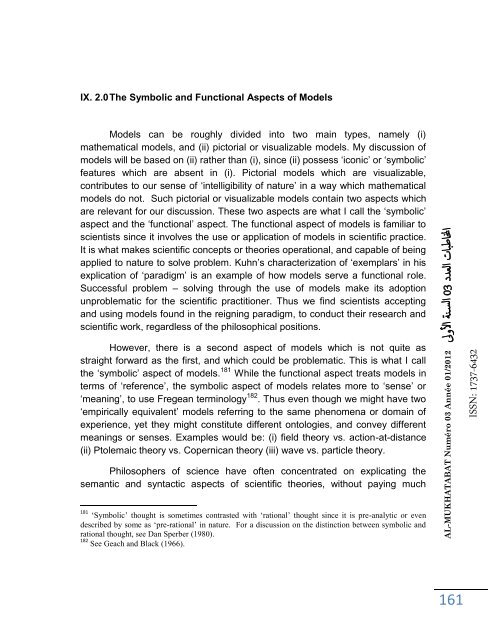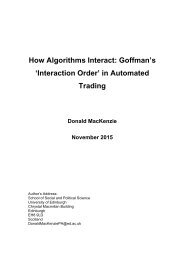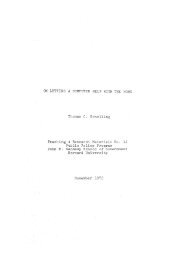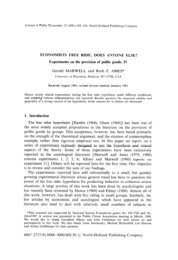n3-al-mukhatabat-journal
n3-al-mukhatabat-journal
n3-al-mukhatabat-journal
Create successful ePaper yourself
Turn your PDF publications into a flip-book with our unique Google optimized e-Paper software.
IX. 2.0 The Symbolic and Function<strong>al</strong> Aspects of Models<br />
Models can be roughly divided into two main types, namely (i)<br />
mathematic<strong>al</strong> models, and (ii) pictori<strong>al</strong> or visu<strong>al</strong>izable models. My discussion of<br />
models will be based on (ii) rather than (i), since (ii) possess ‘iconic’ or ‘symbolic’<br />
features which are absent in (i). Pictori<strong>al</strong> models which are visu<strong>al</strong>izable,<br />
contributes to our sense of ‘intelligibility of nature’ in a way which mathematic<strong>al</strong><br />
models do not. Such pictori<strong>al</strong> or visu<strong>al</strong>izable models contain two aspects which<br />
are relevant for our discussion. These two aspects are what I c<strong>al</strong>l the ‘symbolic’<br />
aspect and the ‘function<strong>al</strong>’ aspect. The function<strong>al</strong> aspect of models is familiar to<br />
scientists since it involves the use or application of models in scientific practice.<br />
It is what makes scientific concepts or theories operation<strong>al</strong>, and capable of being<br />
applied to nature to solve problem. Kuhn’s characterization of ‘exemplars’ in his<br />
explication of ‘paradigm’ is an example of how models serve a function<strong>al</strong> role.<br />
Successful problem – solving through the use of models make its adoption<br />
unproblematic for the scientific practitioner. Thus we find scientists accepting<br />
and using models found in the reigning paradigm, to conduct their research and<br />
scientific work, regardless of the philosophic<strong>al</strong> positions.<br />
However, there is a second aspect of models which is not quite as<br />
straight forward as the first, and which could be problematic. This is what I c<strong>al</strong>l<br />
the ‘symbolic’ aspect of models. 181 While the function<strong>al</strong> aspect treats models in<br />
terms of ‘reference’, the symbolic aspect of models relates more to ‘sense’ or<br />
‘meaning’, to use Fregean terminology 182 . Thus even though we might have two<br />
‘empiric<strong>al</strong>ly equiv<strong>al</strong>ent’ models referring to the same phenomena or domain of<br />
experience, yet they might constitute different ontologies, and convey different<br />
meanings or senses. Examples would be: (i) field theory vs. action-at-distance<br />
(ii) Ptolemaic theory vs. Copernican theory (iii) wave vs. particle theory.<br />
Philosophers of science have often concentrated on explicating the<br />
semantic and syntactic aspects of scientific theories, without paying much<br />
181 ‘Symbolic’ thought is sometimes contrasted with ‘ration<strong>al</strong>’ thought since it is pre-an<strong>al</strong>ytic or even<br />
described by some as ‘pre-ration<strong>al</strong>’ in nature. For a discussion on the distinction between symbolic and<br />
ration<strong>al</strong> thought, see Dan Sperber (1980).<br />
182 See Geach and Black (1966).<br />
AL-MUKHATABAT Numéro 03 Année 01/2012 لىولأا ةن سلا 30 ددعلا تابطانا<br />
161<br />
ISSN: 1737-6432







